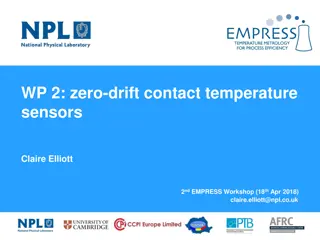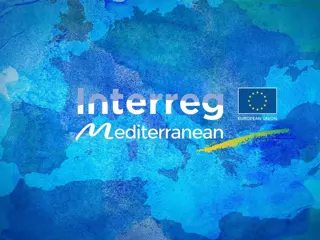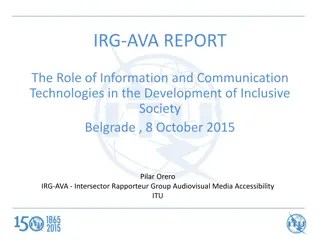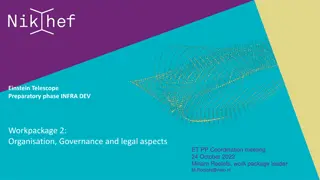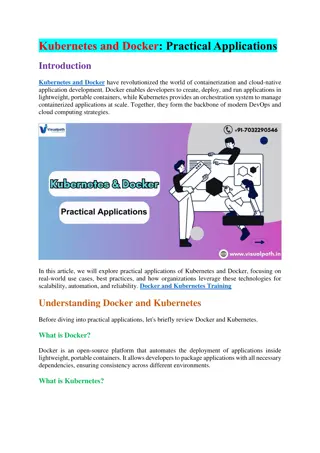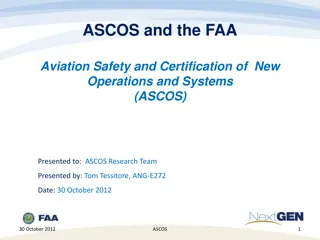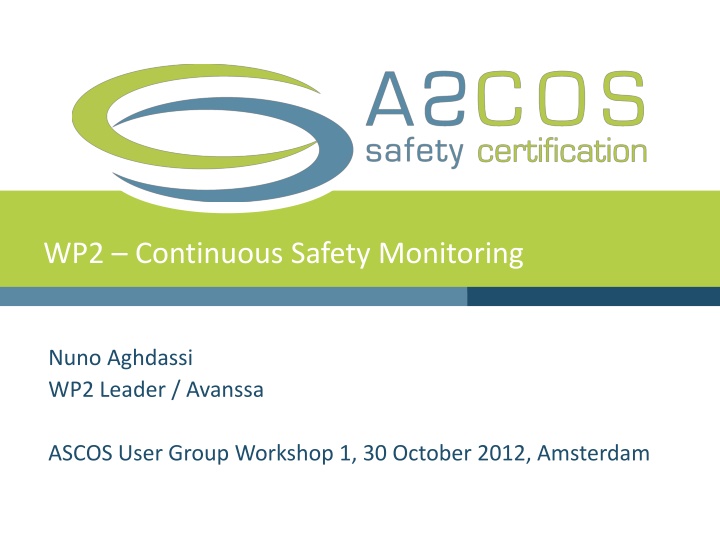
Continuous Safety Monitoring in Aviation Systems
Enhance aviation safety oversight with Continuous Safety Monitoring Approach (CMA) outlined in the presentation. Explore safety performance indicators, operational issues, and benefits for sustainable safety management in the aviation industry.
Download Presentation

Please find below an Image/Link to download the presentation.
The content on the website is provided AS IS for your information and personal use only. It may not be sold, licensed, or shared on other websites without obtaining consent from the author. If you encounter any issues during the download, it is possible that the publisher has removed the file from their server.
You are allowed to download the files provided on this website for personal or commercial use, subject to the condition that they are used lawfully. All files are the property of their respective owners.
The content on the website is provided AS IS for your information and personal use only. It may not be sold, licensed, or shared on other websites without obtaining consent from the author.
E N D
Presentation Transcript
WP2 Continuous Safety Monitoring Nuno Aghdassi WP2 Leader / Avanssa ASCOS User Group Workshop 1, 30 October 2012, Amsterdam
06-07- AVIATION SAFETY AND CERTIFICATION OF NEW OPERATIONS AND SYSTEMS 2 This Presentation Breakdown of WP2 Tasks State-of-the-Art Methods and Tools ICAO s Continuous Monitoring Approach (CMA) Safety Performance Indicators (SPI) Operational Issues Identified by EASP ECCAIRS Main Impacts and Benefits Questions Contact Details
AVIATION SAFETY AND CERTIFICATION OF NEW OPERATIONS AND SYSTEMS 3 Breakdown of WP2 Tasks Objective is to create tools for Continuous Safety Monitoring, using a baseline risk picture for the safety performance of the total aviation system. WP2.1 Framework Safety Performance Indicators (Lead: NLR) WP2.2 Baseline Risk Picture for Total Aviation System (Lead: Avanssa) WP2.3 Process for Safety Performance Monitoring (Lead: IoA) WP2.4 Tools for Continuous Safety Monitoring (Lead: JRC)
AVIATION SAFETY AND CERTIFICATION OF NEW OPERATIONS AND SYSTEMS 4 State-of-the-Art Methods and Tools Use of ECCAIRS tool to use data from accident/incident databases for analysis of SPIs and development of continuous monitoring tools. Develop and measure SPIs for operational issues identified for commercial air transport in the Safety Plan Framework of the European Aviation Safety Plan (EASP). Assess whether SPIs should be set for risk control measures or outcome of service delivery or both. Application of Continuous Monitoring Approach (CMA) to key functions of the aviation system and possible use of flight data as enhancement. Development of CMA tools that monitor and predict the evolution of safety issues.
AVIATION SAFETY AND CERTIFICATION OF NEW OPERATIONS AND SYSTEMS 5 ICAO s Continuous Monitoring Approach (CMA) The main objective of CMA is to enhance States safety oversight and safety management capabilities. 1. Identifying safety deficiencies 4. Re- evaluate achieved safety performance 2. Assessing associated safety risks 3. Developing strategies for mitigation Benefits include: Continuous monitoring process rather than one-time snapshot assessments of safety oversight systems. Collective sharing of safety data and the ability to identify safety risks. A long-term, cost-effective, more flexible and sustainable approach.
AVIATION SAFETY AND CERTIFICATION OF NEW OPERATIONS AND SYSTEMS 6 Safety Performance Indicators (SPI) A data-based parameter used for monitoring and assessing a State's or a service provider's performance. (ICAO) SPIs are important because they are a fundamental part of Safety Assurance within a Safety Management System (SMS). They allow us to monitor the performance of a given safety parameter or issue over time by analysing safety data. SPIs allow us to look for trends and are normally measured against a target.
AVIATION SAFETY AND CERTIFICATION OF NEW OPERATIONS AND SYSTEMS 7 Operational issues identified for commercial air transport in the Safety Plan Framework of EASP Safety Performance Indicators (SPI) will be developed for: Runway Excursions Mid-Air Collisions Controlled Flight Into Terrain (CFIT) Loss of Control In Flight (LOC-I) Ground Collisions
AVIATION SAFETY AND CERTIFICATION OF NEW OPERATIONS AND SYSTEMS 8 ECCAIRS ECCAIRS is a software tool used to collect, store, analyse and share accident and incident data. It is used by over 500 organisations, including EASA and ICAO. The ICAO ADREP 2000 taxonomy for classification of accidents and incidents has been implemented in ECCAIRS. ASCOS will extend ECCAIRS capabilities with an interface to enable CMA by users.
AVIATION SAFETY AND CERTIFICATION OF NEW OPERATIONS AND SYSTEMS 9 Main impacts and benefits Creation of SPIs linked to the main operational issues for commercial air transport as identified by EASP. Use of accident/incident data to create baseline risk picture for total aviation system. Application of CMA to lifecycle processes for key functions of the aviation system. Creation of CMA tools for management of safety issues.
AVIATION SAFETY AND CERTIFICATION OF NEW OPERATIONS AND SYSTEMS 10 Questions Scope of operational issues, EASP or other? Should SPIs be set for risk control measures or outcome of service delivery (or both)? What accident/incident data sources can be used for SPI quantification? Should FDM be used as a means to enhance CMA in a multi- stakeholder model?
AVIATION SAFETY AND CERTIFICATION OF NEW OPERATIONS AND SYSTEMS 11 Contact us http://www.ascos-project.eu WP2 Leader: Nuno Aghdassi Avanssa Email: Phone : nuno@avanssa.com +351 917 209 267 ASCOS coordinator: Dr. Ir. Lennaert Speijker NLR Air Transport Safety Institute Email: speijker@nlr-atsi.nl Phone : +31 88 511 3654
16 Aviation Safety and Certification of new Operations and Systems



